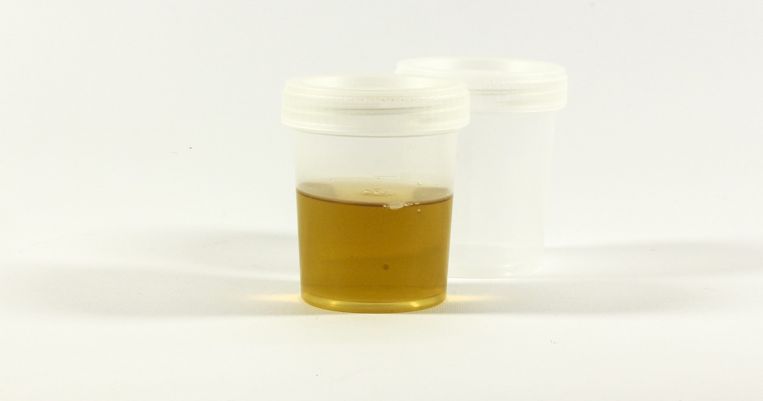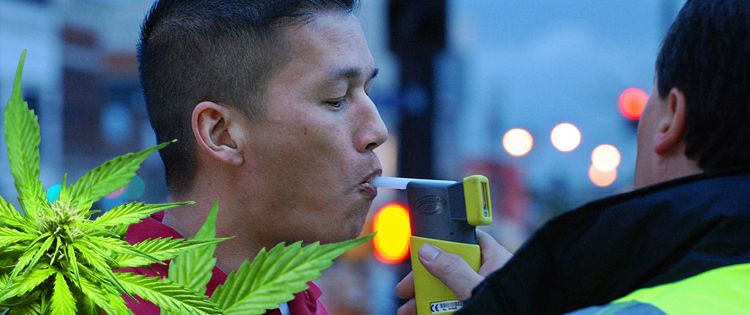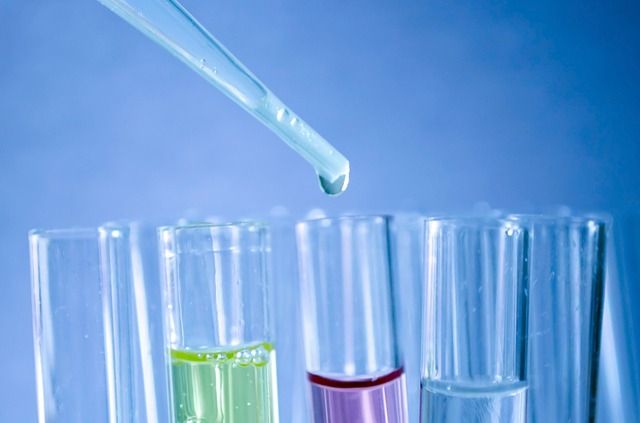Forget Lions, Tigers, and Bears – What about blood, saliva, and urine? Oh my!
Fifty-six percent of employers in the US require pre-employment drug testing. Not to mention schools, rehabilitation programs, parole, and general health testing methods all can require drug testing.
This amounts to an all-time high of roughly 55 million drug tests handed out each year. When it comes to drug testing consistency and clarity are key- and the tests themselves are steadily becoming even harder to pass if you’re a user.
While we can’t tell you how to pass a mouth swab drug test, or which detox drink is best for fooling a urine exam, what we can do is give you a little more info on all the tests that are regularly used.
What test you will be required to undergo depends on a multitude of factors: from what is the standard practice of your employer, to what drugs they are specifically testing for and why.
Depending on the test used, technicians can tell whether or not you’ve used, and what substances have been ingested, for up to a period of 90 days- depending on the test.
We’ve got the low down on the top five most used drug tests and what to expect when you’re -erm- expecting.
Urine Test

Urinalysis is probably the most common type of drug test used today. They are fairly reliable, but also easily fooled if you’ve got a few days to prepare.
Urine tests work by testing for the metabolites of specific drugs- or the disused and expelled bits of drugs that are left over after your system is done with them.
Urine tests can detect alcohol, amphetamines, barbiturates, benzodiazepines, cocaine, marijuana, methamphetamines, opioids, and phencyclidine. Which is one of the reasons it’s an industry standard. The test is relatively cheap and has a wide range of testable intoxicants.
Mouth Swab

A mouth swab test uses a person’s saliva to test for non-metabolized drugs. They’re exceptionally cheap and quite a bit less invasive than other test types.
However, mouth swab tests are generally only good at testing for drugs that have been used recently, or within 72 hours (depending on the drug being tested for).
Mouth swab drug tests can detect the use of alcohol, marijuana, cocaine, amphetamines, and methamphetamines. Because of the small window of test viability, these are usually used by practitioners or technicians that need to know if someone is high right now.
Hair Test

Hair follicle treats are possibly the most accurate and far-reaching drug tests available. Hair tests can detect drug use within the last 90 days, so they are incredibly useful to coroners, employers, and for at-risk individuals.
Hair follicle tests can determine whether amphetamines, methamphetamines, ecstasy (MDMA), MDEA, marijuana, cocaine, phencyclidine, and opioids have been used.
The test requires a small sample of hair to be cut from the tested individuals head. Leg and arm hair can also be used. These tests can be used in civil and criminal cases as well.
Breathalyzer

The infamous breathalyzer is a tool well known to many people and popularized by use with the law enforcement communities.
While newer versions of breathalyzers (particularly a Swedish model) can detect 12 different controlled substances, most enforcement agencies only have access to the classic machines.
Typically breathalyzers can test only for alcohol, and do so by estimating the amount of alcohol in a person’s blood by measuring the amount of alcohol on their breath.
Simple, hand-held breathalyzers are rarely sophisticated enough to be used in court proceedings, however more advanced models are available at police stations. These models can give viable court evidence of intoxication.
Blood Test

Testing a person’s blood is by far the most accurate way to find out whether or not they have illicit substances in their system.
Blood tests detect the active form of a drug (like mouth swab tests) as opposed to the metabolites of them (like a urine test). Blood tests can detect amphetamines, methamphetamines, barbiturates, benzodiazepines, marijuana, cocaine, opiates, cotinine, LSD, and phencyclidine.
While blood tests can detect an incredibly wide range of different drugs, they can generally only detect them within a very short window. These tests are usually ineffective after 24 hours following the use of any given illicit substance.
- How to Use Waxmaid Honey Pen? - April 9, 2024
- How To Choose The Best Electric Dab Rig For Christmas - December 7, 2023
- Maintenance Matters: Keeping Your Glass Water Bong in Pristine Condition - October 9, 2023


